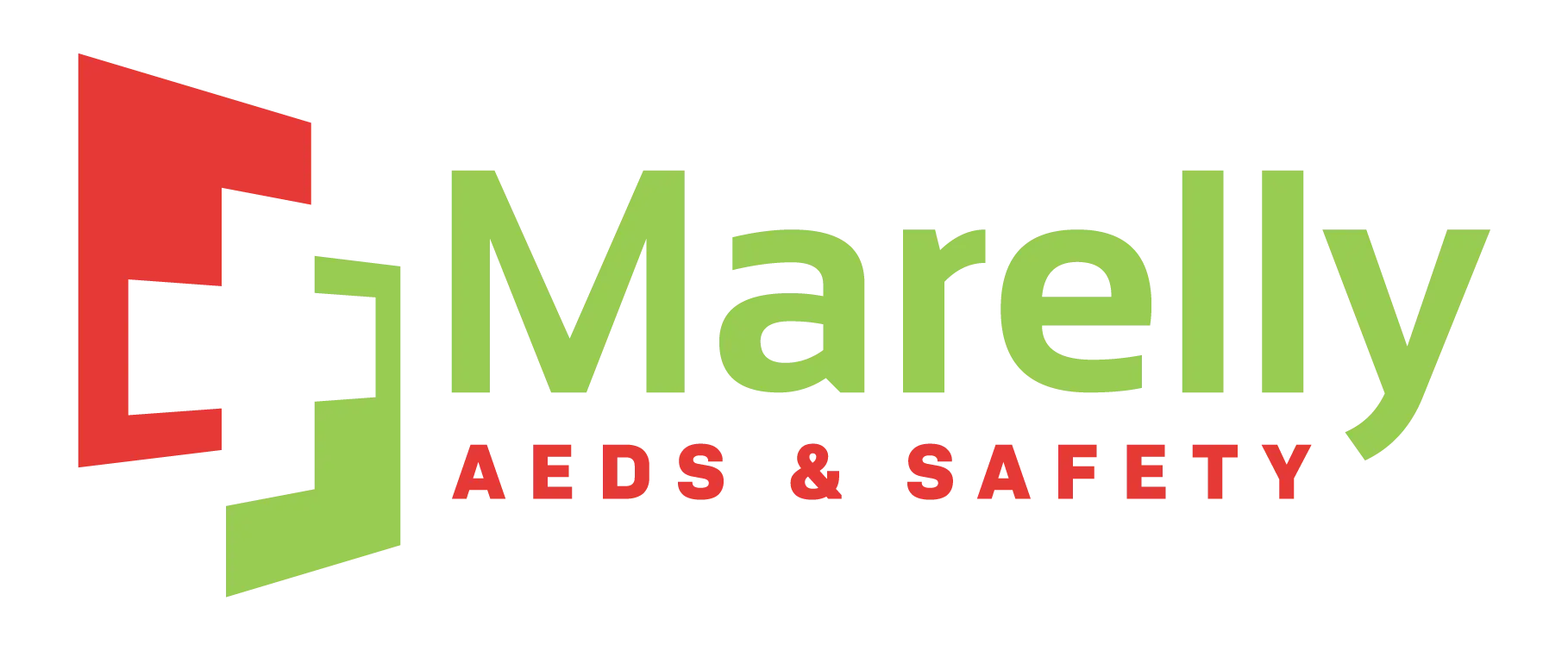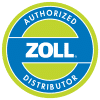Did you know that about 15 workers die every day? That’s more than 100 deaths a week!
Of these deaths, 20% of fatalities in private industries alone were in construction. This means that one in five worker fatalities is directly related to construction. Most of these incidents are likely to be due to falls.
As such, it’s crucial that employers and employees alike take steps to ensure fall protection. Read on to learn more about fall protection and more!
Why Is Fall Protection Important?
Fall accidents often lead to legal battles and compensations on the employer’s side. Meanwhile, there might be delays in the projects the victims are working on. This will result in a loss of productivity and, inevitably, revenues. The biggest victim of fall accidents, however, are the victims themselves. Falls are the leading cause of injury-related deaths. This is especially true among adults aged 65 and older. Even when victims survive, they’ll likely incur injuries that can affect their quality of life. For example, they might not be able to work, which leads to loss of income and debt on medical expenses. Fellow employees may also feel demotivated, which can lead to low worker productivity. In this regard, the Occupational Safety and Health Administration (OSHA) constructed fall protection protocols to prevent these aftermaths. In the construction industry, for instance, employers must provide fall protection at elevations of six feet. There should also be fall protection for employees working with dangerous equipment. It’s also mandatory for employers to ensure that floors in all working areas are clean and dry. Moreover, employers should also implement fall protection systems to prevent fall accidents. Let’s discuss more on this in the section below.Reducing Fall Incidents by Implementing Fall Protection Systems
One of the most common fall protection systems is the guardrail system. Guardrails help deter entrée to a dangerous or off-limits area. You’re stopping individuals from walking or running to a fall-pit by installing guardrails. While warning line systems are barriers used in identifying risky surface areas. These warn workers that they’re approaching an unsafe side or edge of a surface. Warning line systems consist of chains, ropes, wires, and supporting stanchions. When setting up a warning line system, arrange it so that its workers are at least 10 feet away from the unsafe area. This distance helps eliminate the risk of a worker falling over the edge. Whereas safety nets reduce the fall distance and the seriousness of an injury. This system is mainly installed under elevated workspaces or over machinery. Finally, employers should make use of the controlled access zone system. This fall protection system limits access to areas where specific work occurs. For example, designate an area with overhand bricklaying without guardrails as controlled access. This way, only workers engaged in the bricklaying can enter the site. Doing this eliminates the risk of a worker unaware of the lack of guardrails from joining and meeting an accident in the area.Personal Fall Protection Systems
When all other fall protection systems are unusable, use a personal fall protection system. What is a personal fall protection system, and how can it help prevent fall incidents? For starters, personal fall protection systems anchor workers to their working level. These prevent them from falling off. If they do fall, these systems safely stop workers before they fall to lower levels. There are three vital components of a complete personal fall protection system. These include anchorage, body support, and means of connection. However, it may also have lifelines, lanyards, and deceleration devices. Careful consideration is a must in the selection of fall protection equipment. Anchorages, for instance, must be independent and able to support 5,000 lb per employee. The reason being most severe fall cases stem from faulty fall protection equipment.Safety Monitoring System
A safety monitoring system is an alternative option used for low-slope roofing work. In this fall protection system, a competent person monitors the safety of the workers. The person is also responsible for warning workers when they’re close to a fall hazard. Note that a safety monitor is the lowest level of fall protection for the employee. Hence, it would be best only to use it when all other fall protection systems are not feasible.Equal Need for Fall Protection Training
Acquiring top-tier fall protection equipment doesn’t ensure complete fall protection. Nor does implementing every fall protection system possible. Remember that workers will still be at risk without proper training on using fall protection systems. Generally, employees should learn the correct procedures for maintaining, disassembling, and erecting fall protection systems. Knowing how to operate and use all the fall protection systems is also essential. Awareness of the proper handling of fall protection equipment is also a must. Without knowledge of these matters, the systems may not work as well as designed.What to Do After a Fall Occurs at Work
If one of your workers does fall, here are a few things to keep in mind; one, calling 911 should be the first thing you do. Two, don’t attempt to move the person who fell. If the victim is conscious and tries to move, keep them from doing so, as this might worsen any internal injuries. Three, it’s essential you remain calm in these frantic situations. Finally, owning a first aid kit can make a difference in life and death. But, equally, knowledge and training on the proper use of CPR and first aid procedures is a must.Equipping Worksite With Life Saving AEDs and First Aid Kits
Much like we can’t control every variable at work, we can’t stop accidents from happening. We can only do as much as take preventive steps and come prepared. Preparation means equipping you and your fellow workers with emergency equipment such as AEDs and first aid kits for worksites. We proudly offer on-site CPR, AED, and first aid training programs. We also provide comprehensive workplace first aid kits and top-tier advanced AED equipment. Contact us today to learn more about how we can help with your fall protection, prevention, and management program!
Tagged fall protectionfirst aid


